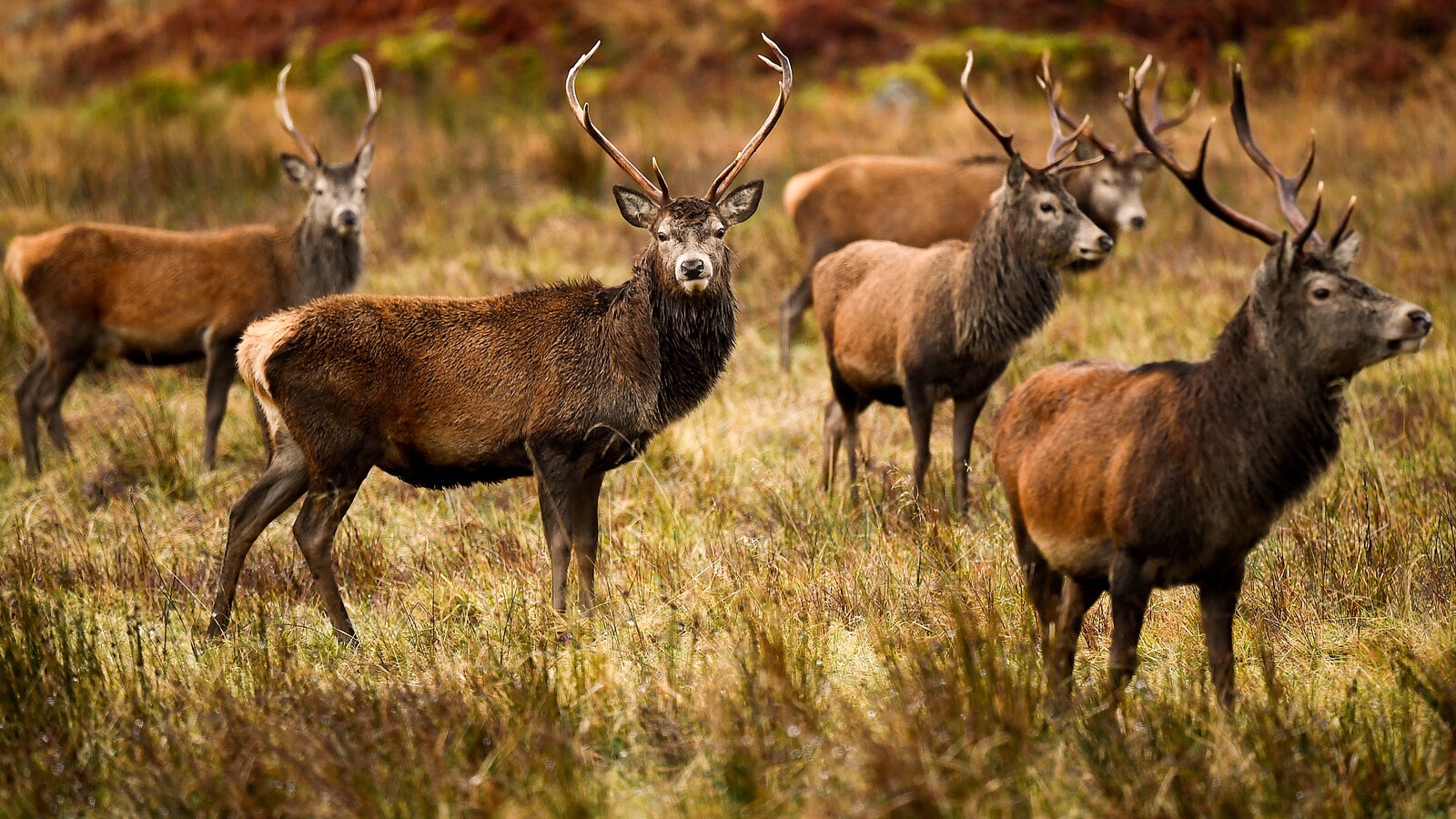Understanding Thermal Spotters: A Technological Marvel
To comprehend the revolutionary impact of thermal spotting technology, it is imperative to delve into the underlying principles of infrared imaging. Thermal spotters operate by capturing and interpreting heat signatures emitted by objects, rendering them capable of detecting living organisms even in complete darkness.
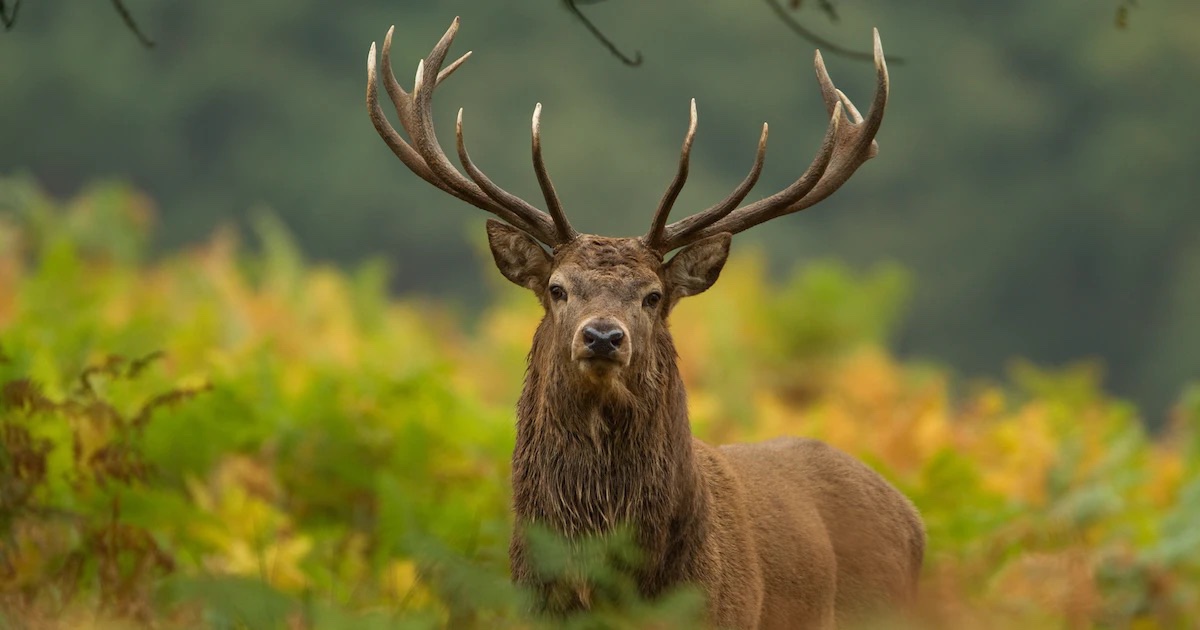
Benefit to Advancing Deer Management Through Thermal Spotting Technology: Beyond Visibility
The advantages of thermal imaging extend far beyond enhanced visibility in low-light conditions. At the forefront is the technology’s unparalleled ability to track deer movements with precision. Unlike conventional observation methods or trail cameras, thermal spotters leverage variations in temperature, offering a unique advantage in nocturnal surveillance.
Nighttime Observation: Illuminating Nocturnal Behaviors
The nocturnal activities of deer have long remained veiled in mystery for wildlife managers. Thermal spotters act as a beacon of clarity during nighttime hours, illuminating the elusive behaviors of deer that were once shrouded in darkness.
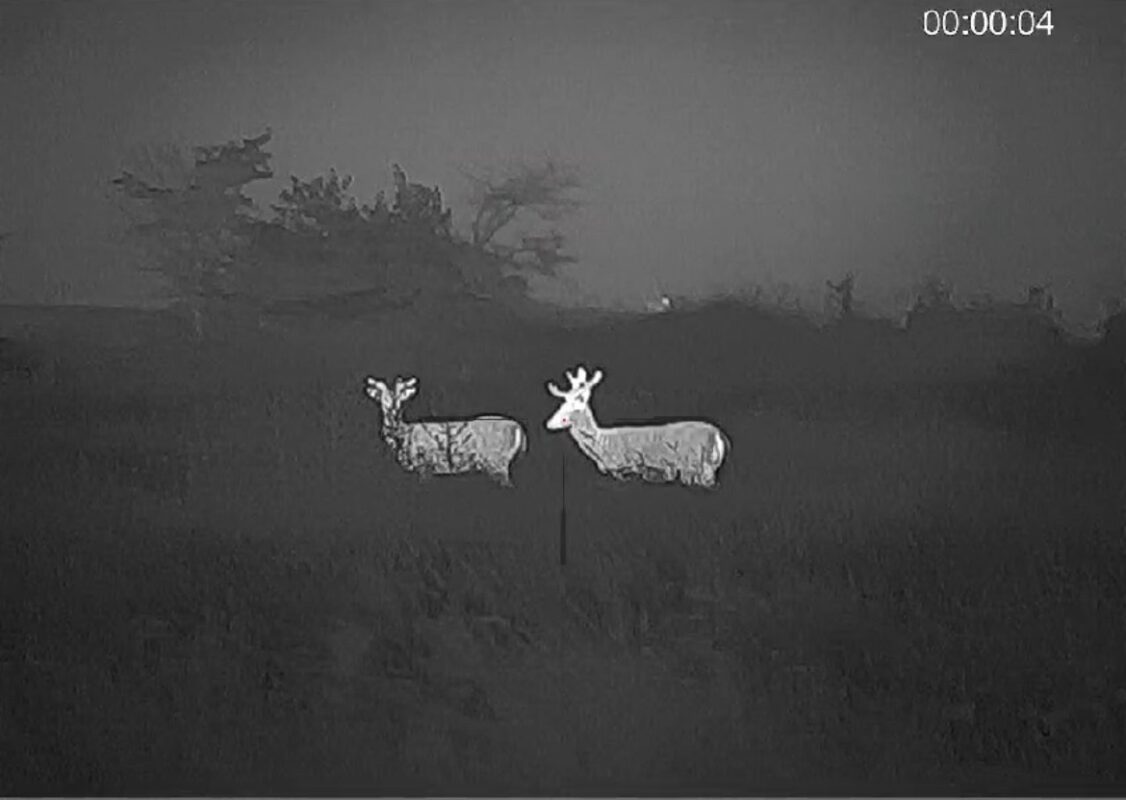
Identifying Deer Health: A Proactive Approach
The transformative power of thermal imaging extends beyond mere observation, becoming a critical tool in assessing the health of deer populations. By detecting anomalies in body temperature, thermal spotters empower wildlife managers to identify injuries, signs of diseases, or other health-related issues.
Population Density and Habitat Assessment: Comprehensive Insights
Accurately assessing deer population density is a cornerstone of effective deer management. Thermal spotters play a pivotal role in this aspect by providing a comprehensive view of deer distribution across diverse habitats. Moreover, they contribute to habitat assessment, offering insights into the conditions that influence deer behavior.
Learn More : How Thermal Spotters Illuminate Yacht Voyages in the Depths of Darkness and Fog
Human-Wildlife Conflict Management: Proactive Strategies in Action
Deer encroachment into human territories often leads to conflicts, particularly in agricultural areas. Thermal spotters emerge as a proactive tool for early detection, minimizing potential damage to crops and reducing conflicts between deer and human activities.
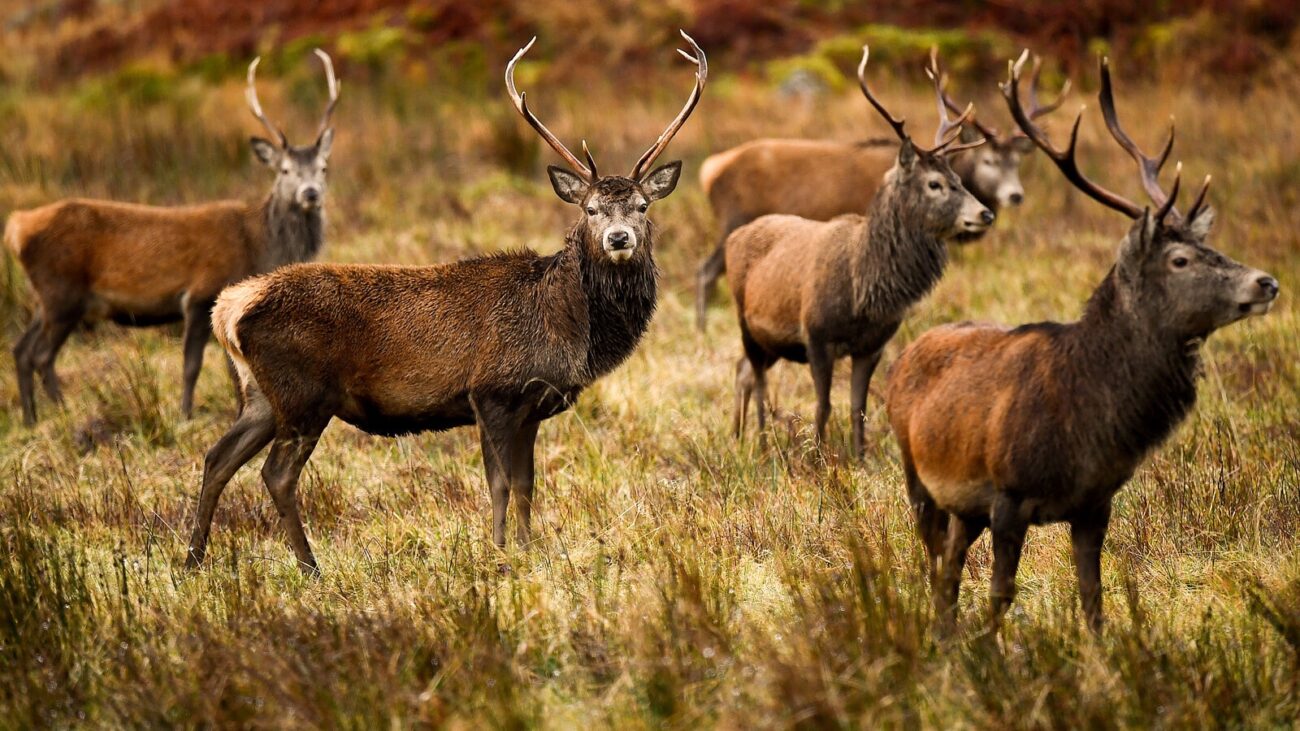
Cost-Effectiveness and Resource Optimization: Long-Term Gains
While the initial investment in thermal imaging technology may raise eyebrows, a closer look reveals the long-term benefits that far outweigh the costs. The efficiency of thermal spotters translates into resource optimization, as fewer personnel and resources are required for monitoring large areas.
Challenges and Considerations: Navigating the Technological Landscape
Despite transformative benefits, challenges associated with thermal imaging implementation must be acknowledged. These may include initial costs, technological learning curves, and potential limitations in extreme environmental conditions. Proactively addressing these considerations allows wildlife managers to maximize the potential of thermal spotters.
Case Studies: Real-World Applications of Thermal Spotting Technology
Substantiate the efficacy of thermal spotters in deer management by examining real-world case studies. Explore instances where thermal imaging technology has been successfully integrated into existing deer management strategies, showcasing tangible improvements in monitoring, decision-making, and conservation outcomes.
Future Trends and Technological Advancements: Charting the Path Forward
As technology continues to evolve, so do the possibilities within the realm of thermal imaging. Delve into emerging trends and potential advancements in thermal spotting technology, envisioning a future where these tools become even more sophisticated, accessible, and integral to wildlife conservation efforts.
Unlocking the Secrets of Deer Management with Thermal Spotters
Thermal spotters, equipped with cutting-edge infrared technology, have become a game-changer in the realm of wildlife observation and management. In the context of deer management, these devices offer unparalleled capabilities in monitoring deer populations across various terrains. This article delves into the ways thermal spotters can be effectively utilized to observe deer in rides, through woods, and in forests, shedding light on their impact on deer management strategies.
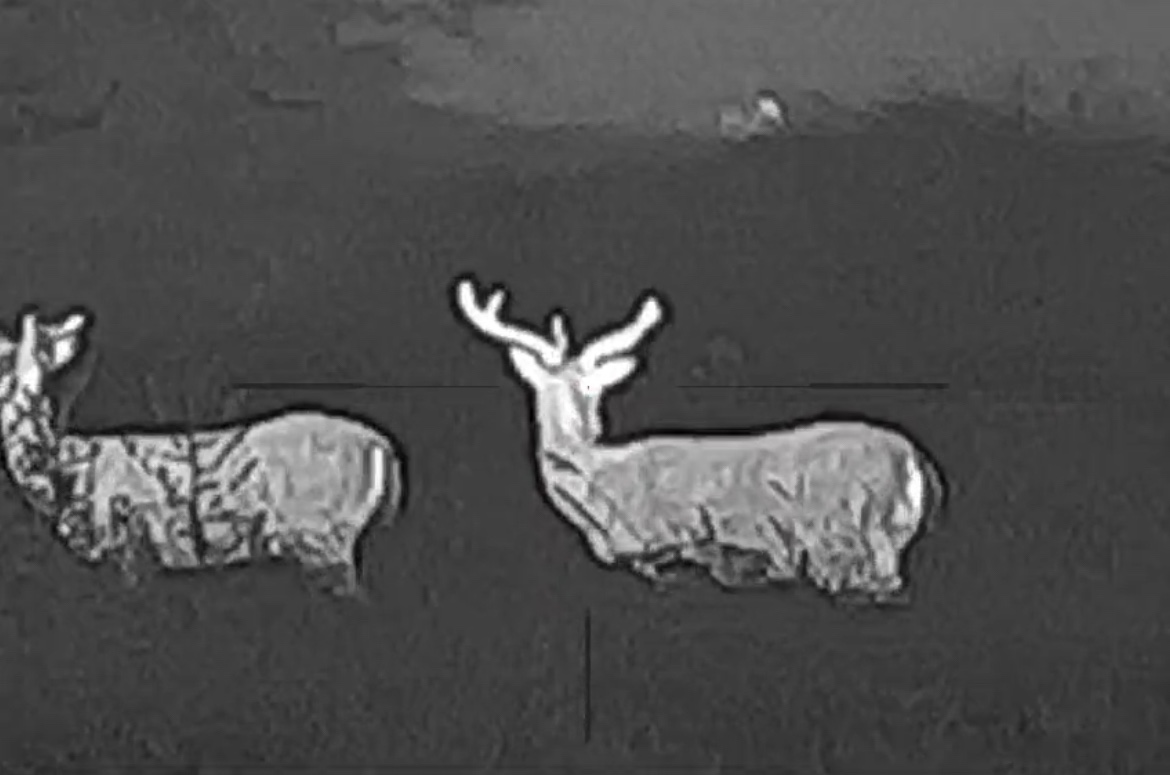
Seeing Through the Foliage: Thermal Spotters in Wooded Environments
Wooded areas pose challenges for traditional observation methods due to dense foliage and limited visibility. Thermal spotters excel in these environments by detecting the heat signatures emitted by living organisms. This section explores how thermal imaging technology allows users to see through obstacles like branches and foliage, providing a clear view of deer hidden among the trees.
Illuminating Deer Trails: Thermal Spotters in Rides
Rides, the open pathways in wooded areas, serve as crucial travel routes for deer. Thermal spotters prove invaluable in monitoring these paths effectively. This section discusses how thermal imaging aids in tracking deer movements along rides, helping wildlife managers identify popular routes and migration patterns. The ability to detect heat signatures provides real-time data for a comprehensive understanding of deer behavior in these open spaces.
24/7 Surveillance: Nighttime Observations and Beyond
Deer are known to be most active during low-light conditions, such as dawn, dusk, and nighttime. Thermal spotters offer a 24/7 monitoring capability, providing continuous surveillance without relying on natural light. This section explores how this technology allows wildlife managers to gain insights into deer activities during their most active periods, enhancing overall observation efficiency.
Non-Invasive Surveys: Minimizing Disturbance to Deer Populations
Traditional wildlife observation methods, such as physical counts or radio collaring, can disturb the natural behavior of deer. Thermal imaging allows for non-invasive surveys, minimizing human impact on the studied environment. This section emphasizes the importance of remote observation in reducing stress on deer populations and ensuring the accuracy of collected data.
Demographic Insights: Understanding Deer Population Dynamics
Effective deer management requires a deep understanding of population dynamics. Thermal spotters contribute essential data on deer demographics, including age and gender distribution. This section discusses how this information aids wildlife managers in formulating targeted management strategies, such as hunting quotas or habitat restoration initiatives tailored to the specific needs of the deer population.
Conclusion To Advancing Deer Management Through Thermal Spotting Technology
The integration of thermal spotters into deer management practices represents a monumental leap forward in our ability to monitor, understand, and preserve deer populations. As we embrace these innovative tools, we not only enhance the efficiency of deer management strategies but also contribute to the broader goals of wildlife conservation and ecosystem sustainability, ensuring a harmonious coexistence between humans and the majestic deer that inhabit our landscapes.
Our Thermal Spotter range can be found HERE
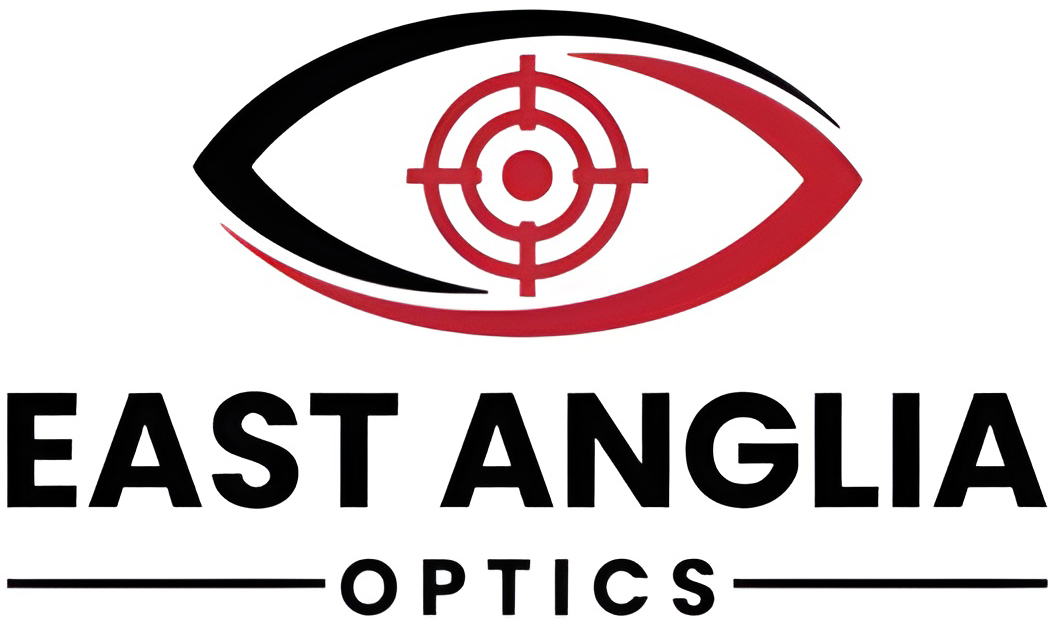
 Hawke
Hawke Sytong
Sytong Pard
Pard Thermtec
Thermtec ATN
ATN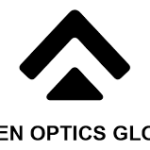 Arken Optics Global
Arken Optics Global InfiRay
InfiRay Pixfra
Pixfra Guide
Guide Conotech
Conotech DiscoveryOpt
DiscoveryOpt Hikmicro
Hikmicro Pulsar
Pulsar